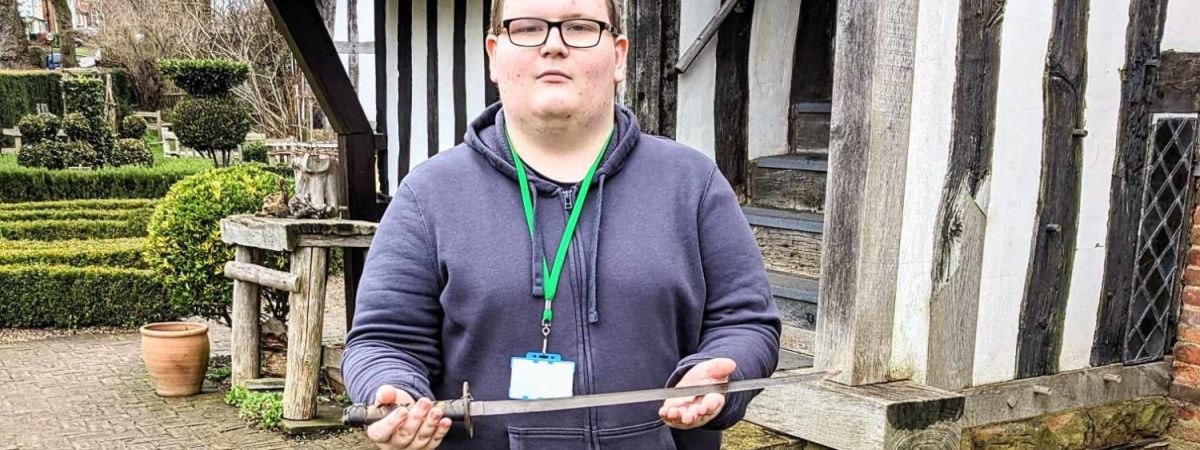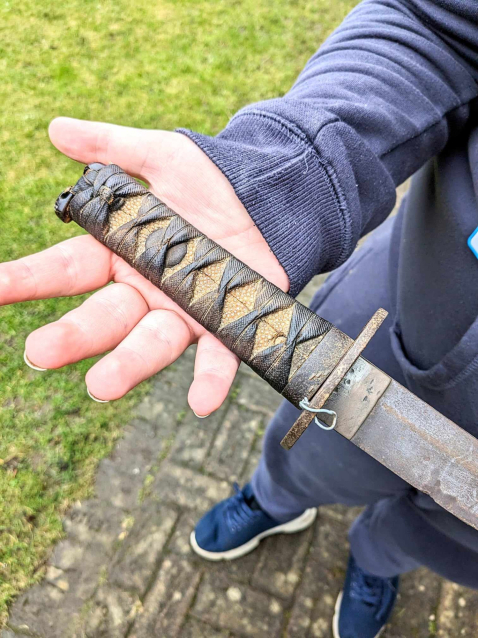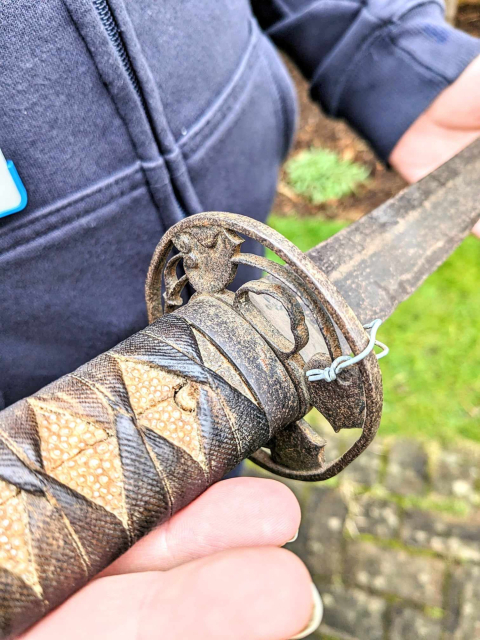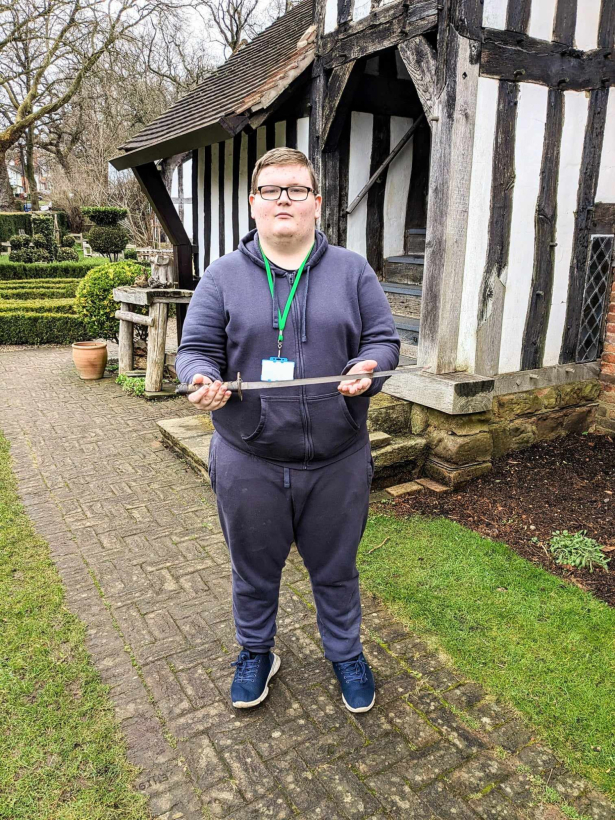Object of the Month: Wakizashi Sword

Share
Each month we like to highlight one of the objects in the Laurence Cadbury Collection, at Selly Manor. This month, a student who is on placement with us from Baskerville School, has chosen the Wakizashi.
History of the Wakizashi
The Wakizashi is a type of Japanese short sword often carried around by samurai from the Edo period (15th 16th century), as the Tokugawa Shogunate decreed that all Samurai were required to wear Daisho, (A pair of long and short swords). The Wakizashi was a secondary weapon used to finish off a fallen enemy or to incapacitate a foe, which enabled them to be questioned, and bring them in for judgement, it was for this reason that it could be brought into a home, unlike a longer sword such as a Katana or a Tachi. Despite seemingly being a more merciful weapon, it also had a dark side. Another more cruel purpose of the Wakizashi was to be used as a tool to commit Seppuku, which is a form of ritualistic suicide, committed by those who have broken the law or the samurai code of honour which was designed to be a slow and drawn-out death designed to restore honour to their family.
Description of Selly Manors Wakizashi
The Wakizashi at Selly Manor (301) is 63.2cm in length made of iron, Wood (Unidentifiable), Stingray Skin and Leather. It is in a distressed condition compared to many surviving swords of its time, and is missing a scabbard.


Why is this object interesting?
I find this object interesting because of how much history there could be behind the blade without us even knowing it, and that it could have been wielded by a samurai centuries ago, which I find to be amazing. It is an unusual object for a Tudor museum to have in its collection.
How it got to Selly Manor
We do not have very much information about how the Wakizashi ended up at Selly manor, however we do know that it was collected by Lawrence Cadbury, George Cadburys eldest son from his second marriage to Elizabeth Cadbury.
Lawrence really enjoyed collecting antiques ever since he was in Cambridge University, especially antique weapons. We are not entirely sure what sparked his gradual interest in antiques but we think it might be because he had lived in an area surrounded by history.

The student placement is a partnership between Selly Manor Museum and Baskerville School. The placement enables the museum to build stronger links in the community as well as supporting individuals learning.